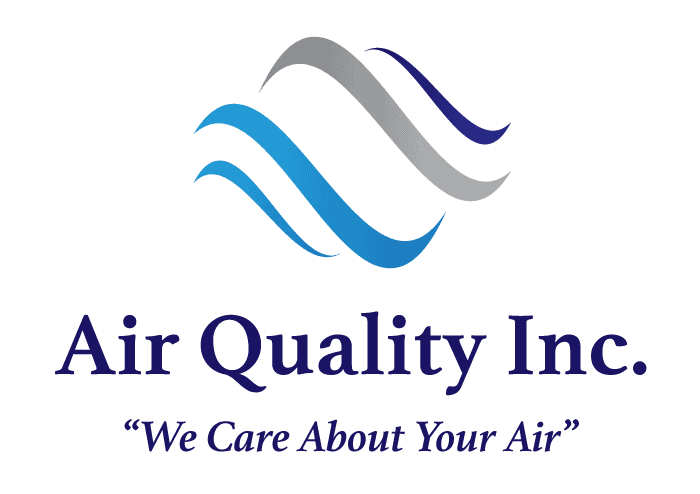Formaldehyde is a strong-smelling, colorless, flammable chemical. All forms of life naturally produce formaldehyde as part of cell metabolism. So if formaldehyde is produced naturally by all forms of life, when does it become harmful, and should you be concerned?
Where is Formaldehyde Found?
When you think of formaldehyde, embalming fluid might come to mind. However, it seems to be all around us. You may be surprised to learn about some of the common uses of formaldehyde like:
- Adhesive and coating – Glues, varnishes, stains, lacquers contain formaldehyde.
- Automotive applications – Formaldehyde-based products in primers, paints, tire adhesives, and brake pads.
- Building materials – Composite wood products like particleboard, plywood, and fiberboard make cabinets, countertops, furniture, flooring.
- Food preservatives – Naturally found in foods like meat, fruits, vegetables.
- Hygienic products – Formaldehyde is used as a primary disinfectant in many consumer products.
- Medical use – Found in vaccines, it helps immobilize viruses, remove bacterial toxins, and avoid sickness when injected.
- Cigarettes – Smoking inside your home increases indoor levels of formaldehyde.
- Permanent press and no-iron fabrics – Linens, drapery, and clothing release formaldehyde.
- Cosmetics – Formaldehyde is used to preserve shelf life and prevent contamination from bacteria.
Generally, low levels of formaldehyde are found in these everyday products and regulated by government health organizations.
Is Formaldehyde Toxic?
This chemical compound easily dissolves in water and is also quickly broken down in the air within a matter of hours. As a result, formaldehyde levels are higher indoors than outdoors and can enter indoor air in two ways:
- Off-gassing – release of formaldehyde from products.
- Combustion – release of formaldehyde from burning materials.
Levels of formaldehyde can range from 0.02 parts per million (ppm) to 100 ppm. OSHA has established a present limit of 0.75 ppm on average over an eight-hour workday. The National Institution for Occupational Safety and Health considers 20 ppm immediately dangerous to life and health.
Short And Long Term Exposure
Moderate exposure to formaldehyde exceeding levels of 0.1 ppm may cause some of the following symptoms:
- Burning sensation of the eyes, nose, and throat
- Coughing
- Nausea
- Headaches
- Dizziness
- Skin irritation
High levels of formaldehyde over an extended period can lead to cancer.
Limit Formaldehyde Exposure in Your Home
To reduce formaldehyde levels in your home, you can do the following:
- Allow air to flow through your house by opening your windows
- Increase ventilation in the home and improve air quality by using air purifiers, dehumidifiers, or humidifiers.
- Make your home smoke free
- Choose low-formaldehyde household products and products for building or remodeling
- Wash no-iron fabrics before using them.
Should I Get my Home Tested For Formaldehyde?
You should consider getting your home tested if:
- You can smell strong chemical odors
- Have breathing problems and irritation when in your home
Exposure to low levels of formaldehyde is nothing to be concerned about, but you can prevent it from becoming harmful by taking the necessary precautions. While a do-it-yourself home air test can help test indoor air quality, it’s always best to leave it to a local professional to help resolve your air quality problem.




